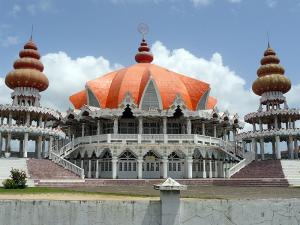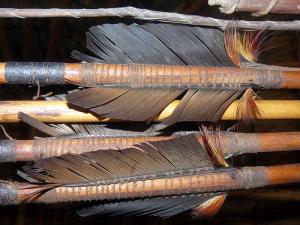Suriname (Dutch Guiana) is culturally interesting and low lying. The capital, Paramaribo, is a UNESCO World Heritage Site and has fine examples of historic Dutch colonial wooden architecture, as well as the impressive Neveh Shalom synagogue and Ahmadiyya Anjuman Isha’at Islam mosque which stand side by side. Other cultural influences include Hindustani, Javanese, Creole, Amerindian and Maroon, all reflected in the wide variety of food. The interior is sparsely populated, largely untouched and uninhabited but visits to some Amerindian reserves are possible.

Coastal zone and Paramaribo
Paramaribo, capital of Suriname (Dutch Guiana), is a UNESCO World Heritage site and has fine examples of historic Dutch colonial wooden architecture. Other cultural influences include Hindustani, Javanese, Creole, Amerindian and Maroon, all reflected in the wide variety of food. The interior is sparsely populated and largely untouched -visits to some Amerindian reserves are possible.

Central Reserve and the southern mountains
Bordering the forests of Guyana, French Guiana and Brazil, the southern and central section of Suriname is similarly forest-covered. The few tourist lodges are in isolated and remote spots. The southern mountains span a remote area that stretches across the whole of Suriname's southern border with Brazil, the contested south-western border with Guyana and south-eastern edge of French Guiana. Various small tribes including the Trio and Waro have united to form the larger community at Kwamalasamutu, close to the Kuruni river.

 Suriname
Suriname